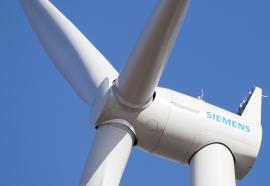Solar Emergence
Models are evolving for utility-scale solar development.
During the next few years, the biggest growth in the solar energy market will happen in the form of utility-scale projects, mostly driven by state renewable portfolio mandates. But financing such projects has become more difficult, with a smaller pool of equity capital and an evolving set of regulatory requirements.








